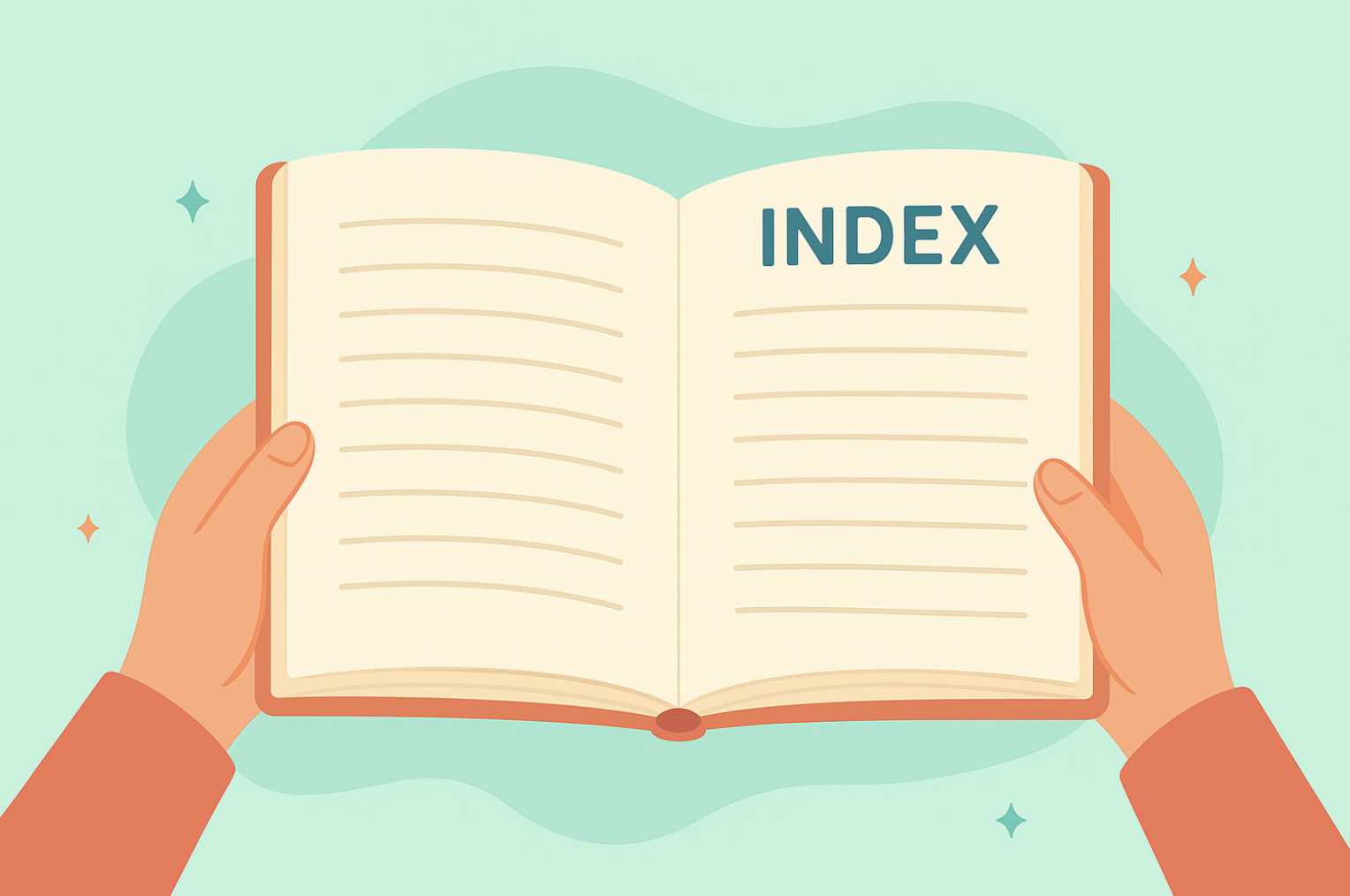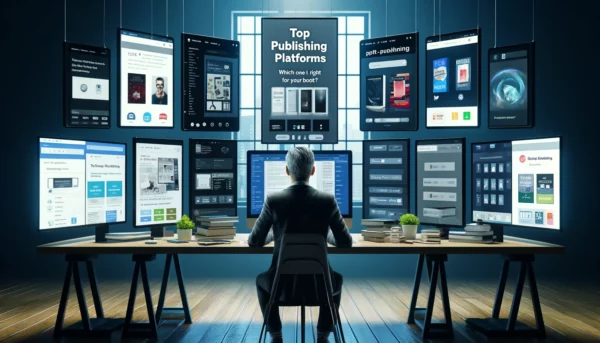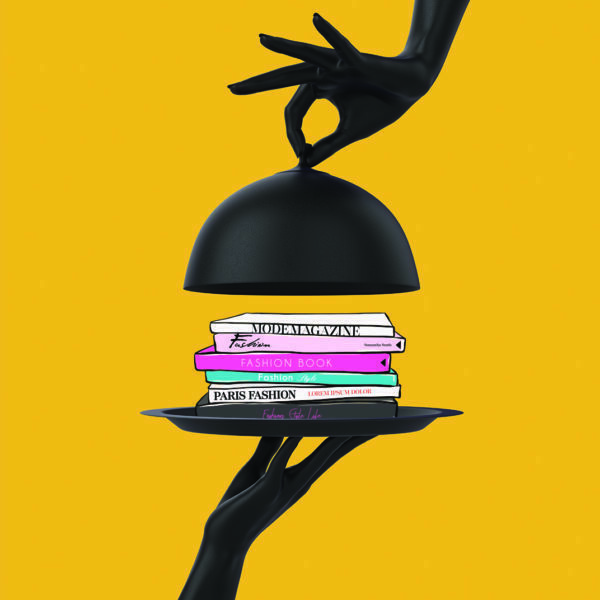In the past, the road to becoming a published author was narrow, often requiring a literary agent, a deal with a traditional publishing house, and a lot of waiting. But now, the publishing landscape has dramatically shifted, and self-publishing is at the forefront of this transformation. Today, self-published titles make up more than 30% of all eBook sales on Amazon, with millions of new books hitting the digital shelves each year. In fact, in 2020 alone, over 1.7 million self-published books were released, a staggering increase from previous years.
What’s driving this surge? Self-publishing offers authors creative control, higher royalties, and the ability to get their work to market faster—without the gatekeeping of traditional publishers. Thanks to platforms like Amazon Kindle Direct Publishing (KDP) and Spines self-publishing has become a powerful, accessible option for writers all over the world.
In this article, we’ll dive into the factors fueling the popularity of self-publishing and explore how it has evolved from a fringe choice to a mainstream publishing option, offering authors more freedom and opportunity than ever before.
The Appeal of Self-Publishing: What’s Driving the Popularity?
Self-publishing has skyrocketed in popularity over the last decade, and it’s not hard to see why. For many authors, the traditional publishing route can feel like a long and uncertain journey—one filled with gatekeepers, slow timelines, and limited creative freedom. Self-publishing, on the other hand, puts the power in the author’s hands, allowing for a more flexible, faster, and often more rewarding experience.
Complete Creative Control
One of the biggest draws of self-publishing is the total creative control it offers. Unlike traditional publishing, where publishing houses have the final say on everything from the cover design to the book’s release date, self-publishing allows authors to call all the shots. Whether it’s choosing the perfect book cover, setting the price, or deciding when and where to launch, self-published authors are in charge of every aspect of their book.
Fun fact: Self-published authors have complete control over pricing and can adjust it as often as they like, unlike traditionally published authors who are locked into publisher decisions.
Higher Royalties
Money talks, and for many authors, the royalty structure of self-publishing platforms is a major selling point. Traditional publishing houses typically offer authors royalties ranging from 10-15%. In contrast, self-publishing platforms like Amazon KDP and Apple Books offer much higher royalties—up to 70% in some cases. This allows authors to keep more of the profits from their book sales.
Your Publishing Journey Awaits – Start NowExample: On Amazon KDP, authors can earn 70% royalties on eBooks priced between $2.99 and $9.99. Compare that to the lower royalty rates offered by traditional publishers, and it’s clear why self-publishing can be a more financially attractive option.
Faster Time to Market
For authors eager to share their work, traditional publishing can be frustratingly slow. From securing a literary agent to negotiating contracts and going through rounds of editing, it can take years for a book to hit the shelves. Self-publishing eliminates these delays. Once an author finishes their book, they can publish it digitally within days or weeks—giving them the ability to seize market opportunities or align their book launch with current trends.
Example: With Spines, your book is published in less than 30 days!
The Power of New Technologies
The rise of platforms like Amazon Kindle Direct Publishing, Spines and IngramSpark has made self-publishing easier and more accessible than ever before. These platforms provide all the tools authors need to publish and distribute their books, from cover design templates to formatting guides. Moreover, with the rise of print-on-demand technology, authors no longer need to invest in large print runs; books are printed only when a customer orders them, saving costs and reducing risk.
In short, self-publishing is popular because it empowers authors. The freedom to control every aspect of the publishing process, combined with higher royalties and a faster time to market, makes it an attractive choice for both new and experienced writers alike.
Self-Publishing vs. Traditional Publishing: Which Path to Take?
For authors deciding how to publish their work, the choice between self-publishing and traditional publishing can be a tough one. Both paths have their advantages and drawbacks, and what works for one writer may not suit another. Let’s break down the key differences between these two models so you can make an informed decision.
The Traditional Publishing House Model
Traditional publishing has been the dominant method for authors to release their books for decades. In this model, an author typically works with a literary agent to pitch their manuscript to a publishing house. If accepted, the publishing house takes over the editing, cover design, marketing, and distribution processes.
The Pros:
1. Professional Editing and Design: Traditional publishers offer authors access to professional editors, cover designers, and marketing teams, ensuring a polished final product.
2. Distribution to Bookstores: Traditional publishing offers the opportunity to see your book on the shelves of brick-and-mortar bookstores, which can be difficult to achieve as a self-published author.
3. Credibility: Being published by a well-known publishing house can lend credibility and prestige to your work, opening doors for media coverage, awards, and speaking engagements.
The Cons:
1. Loss of Creative Control: Traditional publishing involves handing over creative decisions to the publisher. You may not have the final say on the cover design, book title, or marketing strategy.
2. Lower Royalties: Traditional publishers typically offer authors lower royalty rates, ranging from 10-15% on print books and slightly higher on digital sales. This means a smaller share of the book’s earnings goes to the author.
3. Longer Time to Market: The traditional publishing process is often slow. It can take years from the time a manuscript is accepted to when the book is finally released.
The Self-Publishing Model
Self-publishing offers authors full control over the entire publishing process. Instead of working with a publisher, authors take charge of editing, cover design, marketing, and distribution themselves, often using platforms like Amazon Kindle Direct Publishing (KDP), IngramSpark, or Apple Books.
The Pros:
1. Creative Freedom: As a self-published author, you have complete control over every decision, from cover design to pricing. This allows for a personalized publishing experience.
2. Higher Royalties: Self-publishing platforms often offer significantly higher royalty rates. On Amazon KDP, for example, authors can earn up to 70% in royalties on their eBook sales, compared to the much lower rates offered by traditional publishers.
3. Faster Time to Market: Self-publishing allows authors to release their books quickly. Once your manuscript is ready, you can publish your book in just a few clicks.
The Cons:
1. Full Responsibility: While self-publishing offers freedom, it also means that all aspects of the process—from editing to marketing—fall on the author’s shoulders. This can be overwhelming for some, especially without a team of professionals to guide them.
2. Limited Physical Distribution: Getting your book into brick-and-mortar bookstores can be challenging as a self-published author. Most sales are made online through digital platforms.
3. Marketing Challenges: Without the support of a publishing house, marketing your book can be difficult. Authors need to invest time and resources into building an audience and promoting their work.
Which Path is Right for You?
The decision between self-publishing and traditional publishing depends on your goals, preferences, and resources. If you value creative control, faster publication, and higher royalties, self-publishing may be the better route. On the other hand, if you want professional backing and wider distribution, traditional publishing could be the way to go. Ultimately, both paths can lead to success, and the right choice depends on what’s most important for your writing journey.
The Role of E-Books and Digital Formats in the Rise of Self-Publishing
The explosion of e-books and digital formats has been a game changer for self-publishing, enabling authors to reach global audiences with just a few clicks. With the rise of Amazon Kindle Direct Publishing (KDP) and other platforms, e-books have become a cornerstone of the self-publishing revolution. Here’s how digital formats are fueling the growth of self-publishing.
Your Publishing Journey Awaits – Start NowE-Book Sales: A Booming Market
E-books have grown dramatically in popularity, accounting for a significant portion of global book sales. In 2021, e-book sales in the U.S. alone generated over $1.1 billion, and self-published authors have been key players in this growth. The lower production costs and easy distribution of e-books make them an ideal format for authors who want to reach readers without the logistical challenges of printing physical copies.
Fun fact: E-books often see higher profit margins for self-published authors because there are no printing or shipping costs, and platforms like Amazon KDP allow authors to keep up to 70% of their sales revenue.
Digital Publishing Platforms: Making Self-Publishing Easier
Platforms like Amazon KDP, Apple Books, and Smashwords have revolutionized the self-publishing process. These platforms offer easy-to-use tools for authors to upload their manuscripts, format them into e-books, and distribute them to millions of readers worldwide. Authors no longer need a traditional publisher to get their books into readers’ hands—digital platforms do the heavy lifting for them.
Print-On-Demand: The Perfect Complement to E-Books
While e-books have made publishing easier, print books are still in demand. Enter print-on-demand (POD) services, which allow authors to offer physical copies of their books without large upfront costs. Services like IngramSpark and Amazon’s print-on-demand option ensure that books are only printed when ordered, eliminating the need for costly inventory and reducing financial risk for authors.
The Audiobook Market
Audiobooks are another fast-growing digital format, providing self-published authors with yet another avenue to reach readers. Platforms like Audible and Findaway Voices allow authors to easily produce and distribute audiobooks, expanding their reach to those who prefer listening over reading.
Digital formats have empowered self-published authors to bypass traditional publishing bottlenecks, distribute their work globally, and retain more profits. As e-books, audiobooks, and print-on-demand services continue to grow, the future of self-publishing looks increasingly bright, offering authors more flexibility and opportunity than ever before.
Marketing and Promoting Self-Published Books: What You Need to Know
Self-publishing gives authors complete control over their books, but with that freedom comes the responsibility of marketing and promotion. Unlike traditional publishers, who have established marketing teams, self-published authors need to build and execute their own marketing strategies. While this might seem daunting, it’s more manageable—and effective—than you might think. Let’s break down how to market a self-published book successfully.
Online Platforms: Your Most Powerful Marketing Tools
One of the biggest advantages self-published authors have today is access to online platforms like Amazon, Apple Books, and social media. These platforms not only make it easy to distribute books globally, but they also offer marketing tools to help boost visibility. Amazon, for instance, has its Kindle Select program, allowing authors to run promotions like free or discounted book offers, which can help increase sales and reviews.
Invest in Professional Book Covers and Descriptions
First impressions matter. A professional cover design can make all the difference when it comes to grabbing the attention of potential readers. Self-published authors should also invest in a well-written book description. Your cover gets readers to look at your book, but the description is what convinces them to buy it.
Use Paid Advertising for a Boost
For authors looking to expand their reach, paid advertising on platforms like Amazon, Facebook, or BookBub can provide an extra boost. These ads can help drive traffic to your book’s page, increase sales, and improve your book’s visibility in search results.
Your Publishing Journey Awaits – Start NowEngage with Your Audience on Social Media
Social media platforms like Instagram, Twitter, and Facebook offer free and highly effective ways to engage with readers. By sharing behind-the-scenes content, hosting giveaways, or running interactive Q&A sessions, authors can build relationships with their audience and create buzz around their books.
Marketing a self-published book takes effort, but with the right strategy, authors can reach a wide audience, increase book sales, and establish themselves in the publishing world.
The Evolution of Self-Published Authors: From Outsiders to Mainstream
Self-publishing used to carry a stigma—seen as the last resort for authors who couldn’t land a traditional publishing deal. But over the past decade, the perception of self-published authors has transformed. No longer considered outsiders, many self-published writers have gained mainstream success and critical recognition, proving that great stories can thrive outside the traditional publishing system.
In the early days of self-publishing, the market was flooded with poorly edited and hastily produced books, giving the industry a bad reputation. Many readers and industry professionals viewed self-published works as lesser than traditionally published books, and self-publishing was often seen as a “vanity project” for writers who couldn’t make it through the gatekeeping of traditional publishing houses.
Changing Perceptions: Self-Published Success Stories
The tides began to turn as a few trailblazing self-published authors achieved incredible success. Writers like Amanda Hocking, who sold millions of copies of her eBooks, and Hugh Howey, whose self-published book Wool earned him a lucrative publishing deal, showed the world that self-publishing could be a viable—and profitable—path to success.
Fun fact: Amanda Hocking sold over 1.5 million copies of her self-published books before signing a $2 million traditional publishing deal.
Today, self-published authors are increasingly recognized by prestigious literary awards and bestseller lists. Self-publishing platforms have matured, offering tools for professional editing, cover design, and distribution that rival traditional publishing. The quality gap has closed, and readers are more open than ever to self-published books.
Hybrid Authors: The New Norm
Many authors are now opting for a hybrid approach, blending both self-publishing and traditional publishing. This allows them to enjoy the creative freedom and higher royalties of self-publishing while also benefiting from the wider distribution and marketing power of traditional publishers for certain projects.
Self-publishing has gone from a fringe option to a mainstream force, with many authors successfully navigating both worlds. As more writers embrace this model, the lines between traditional and self-publishing continue to blur, offering authors more control and opportunity than ever before.
With Spines, you can publish on your own terms while keeping creative control and maximizing your royalties. Join the growing movement of hybrid authors—start your journey with Spines today and make your publishing goals a reality!
Self-Publishing Platforms: Exploring Your Options
One of the key factors driving the rise of self-publishing is the variety of platforms available to authors. These platforms provide the tools and resources necessary to take a manuscript from draft to published book, allowing authors to maintain control over their work while reaching a global audience. But with so many options, it’s important to understand what each platform offers.
Amazon Kindle Direct Publishing (KDP)
Amazon KDP is the most popular self-publishing platform, and for good reason. It offers a user-friendly interface, global reach, and the ability to publish both eBooks and print-on-demand paperbacks. Authors can earn up to 70% royalties on eBooks priced between $2.99 and $9.99, making it an attractive option for many. Additionally, KDP Select allows authors to enroll in Kindle Unlimited, giving them access to Amazon’s vast subscriber base.
Fun fact: Over 1,000 self-published authors on Amazon earn six figures a year from their book sales.
Spines: AI-Powered Publishing for the Future
Spines is a unique platform in the self-publishing space, offering authors access to advanced AI technology combined with expert human support. Spines helps authors streamline the publishing process, offering tools for everything from editing and formatting to book cover design and marketing support. What sets Spines apart is its hybrid approach, providing authors with both speed and professional quality at an affordable cost. Authors retain control while benefiting from expert guidance, making Spines an appealing option for those who want the support of traditional publishing without losing creative freedom.
Your Publishing Journey Awaits – Start NowIngramSpark: The Print-On-Demand King
For authors looking to publish print books, IngramSpark is one of the best platforms for print-on-demand services. It offers the widest distribution network, allowing authors to get their books into independent bookstores, libraries, and even major retailers like Barnes & Noble. While there are upfront costs involved, IngramSpark offers a more professional route for authors who prioritize high-quality print editions.
Choosing the Right Platform
Each platform has its strengths, and the best choice depends on your goals as an author. For those focused on digital sales, KDP and Spines offer fantastic reach and services. Authors interested in physical books should consider IngramSpark. For the widest possible distribution, Smashwords is an excellent choice.
Understanding the options available will help you choose the platform (or platforms) that best align with your publishing goals, allowing you to take full advantage of the self-publishing revolution.
The Future of Self-Publishing: What Lies Ahead?
As self-publishing continues to gain momentum, the future looks brighter than ever for authors seeking creative control and global reach. Several emerging trends and technologies are poised to further revolutionize the self-publishing landscape, offering even more opportunities for writers to succeed on their terms.
Growth in Self-Publishing: A Rising Force
Self-publishing has steadily grown into a dominant force within the book publishing industry. More authors are realizing the potential of self-publishing as a viable and lucrative path, bypassing the traditional gatekeepers of the publishing world. In fact, self-published books now account for a significant portion of total book sales, particularly in eBook and audiobook formats. This trend is expected to continue, with more authors opting for self-publishing over traditional deals.
New Technologies on the Horizon
Technology will play a crucial role in shaping the future of self-publishing. AI-driven platforms like Spines are leading the way, offering authors innovative tools to enhance their writing, design, and marketing processes. As these technologies advance, authors will have access to even more sophisticated services that streamline the entire publishing journey—from editing to distribution. Blockchain technology could also disrupt the publishing world, offering authors more transparent royalty payments and control over their intellectual property.
Increased Recognition for Self-Published Books
The growing acceptance of self-publishing is leading to more opportunities for self-published authors to receive mainstream recognition. As more indie authors achieve critical and commercial success, self-published works are increasingly being included in major literary awards and bestseller lists. This shift signals a new era where quality storytelling, regardless of its publishing method, stands a chance to shine.
The future of self-publishing is one of innovation, creativity, and empowerment. As new tools and technologies emerge, the barriers to entry will continue to fall, making it easier for authors to share their stories with the world on their own terms.
Your Publishing Journey Awaits – Start Now






